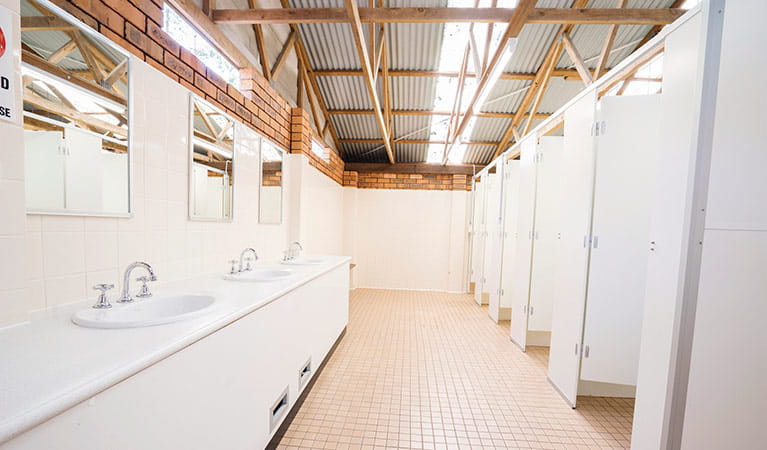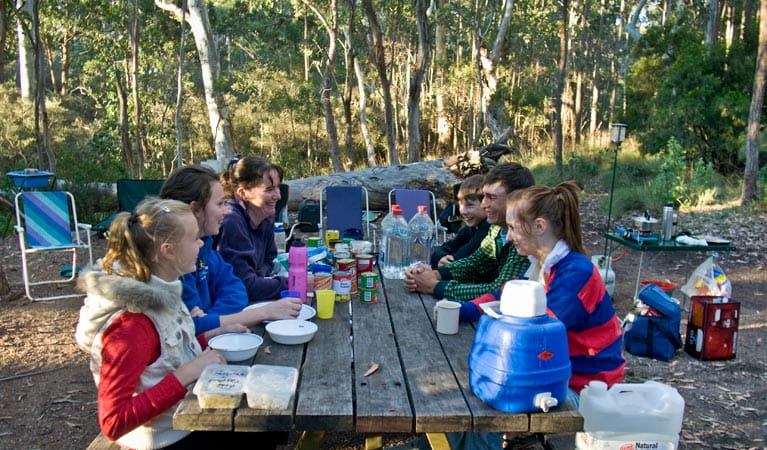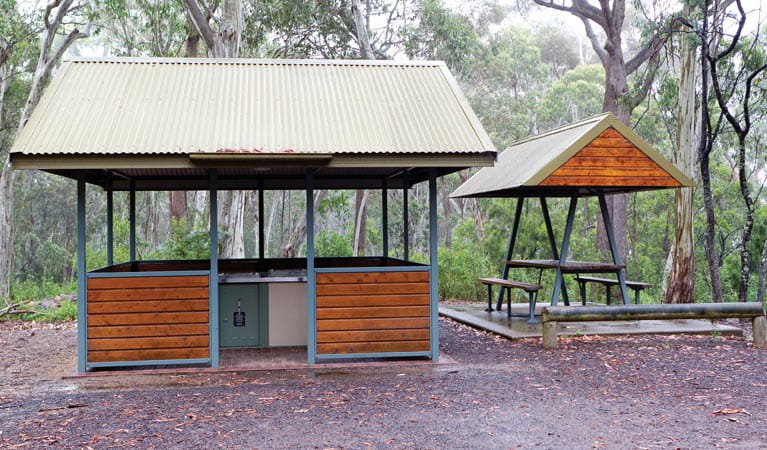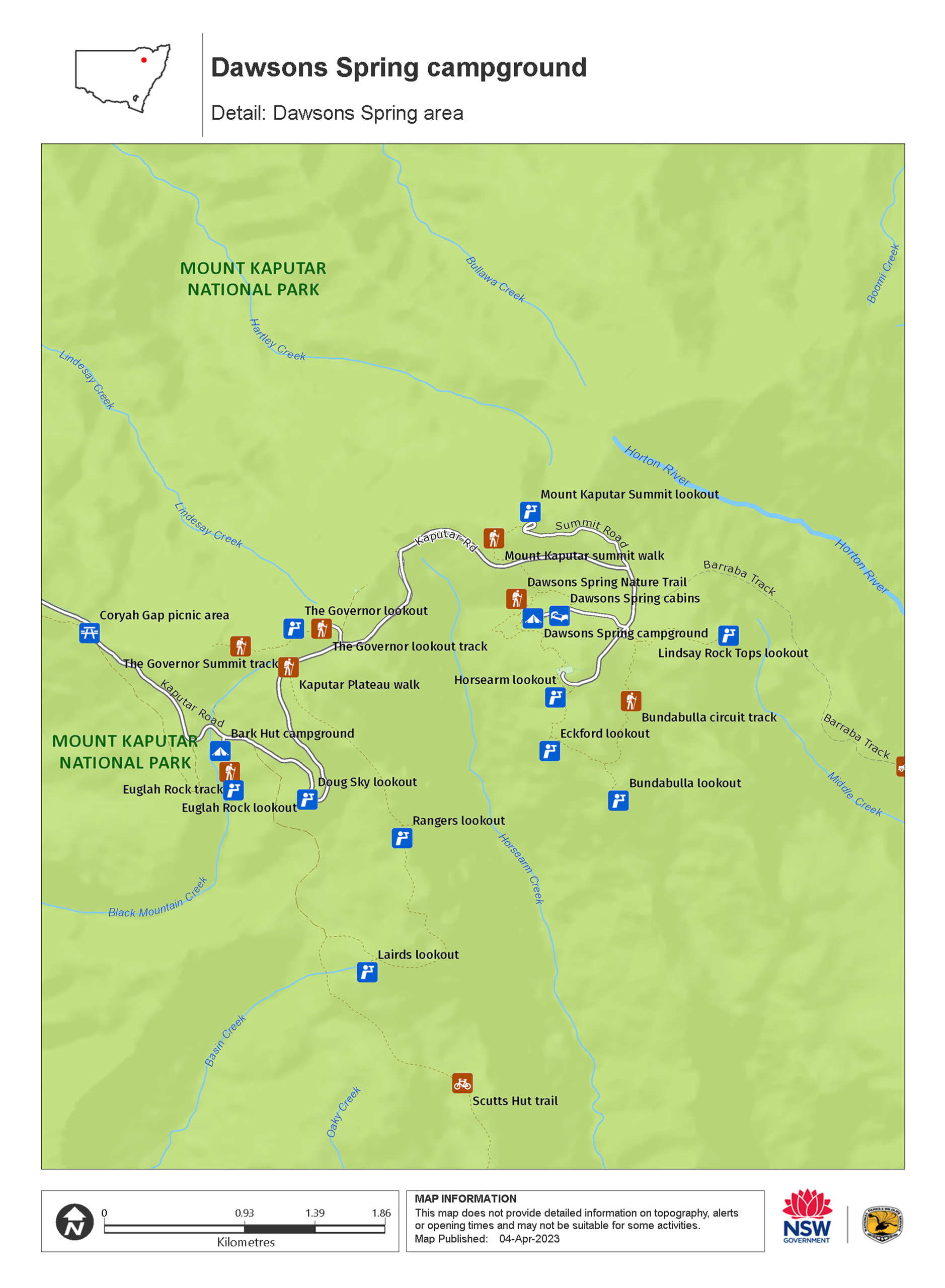Applies from Thu 31 Oct 2024, 3.52pm to Mon 31 Mar 2025, 11.59pm. Last reviewed: Thu 31 Oct 2024, 4.11pm.
Fire bans: Park Fire Ban
A park fire ban is in place in this park and remains in effect unless otherwise extended or removed. During park fire ban periods, all campfire and solid fuel (wood, heat beads, charcoal, briquettes, hexamine) barbecues and stoves are prohibited. Gas and electric barbecues and cookers are permitted as long as:
- They're under direct control of an adult
- The ground within 2m of the barbecue is cleared of all flammable materials
- There's an adequate supply of water (minimum of a bucket)
If a Total Fire Ban is in place, different rules apply. Contact the Barwon Area office on (02) 6792 7300 before bringing a gas or electric barbecue or cooker.
Penalties apply for non-compliance. For more information about fire bans in parks and reserves including your responsibilities, visit the NSW National Parks fire safety page.


















